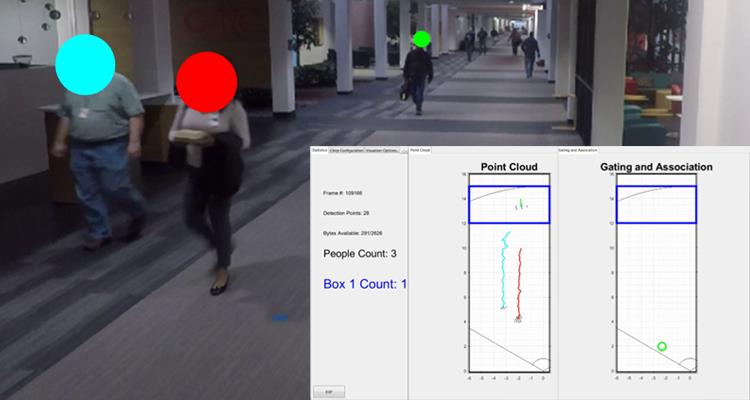
Click Execute to run the report.ġ.3.4 Import the zip file you downloaded by clicking “ Import zip”.
#TRACKING REFERENCE INSTALL#
1.3 Install the ABAP Code from Zip file.ġ.3.1 Enter T-code SE38 and fill in the report name “Z ABAPGIT_STANDALONE”. When installation is completed, a new report ZABAPGIT_STANDALONE is created. Make sure you Install the standalone version in your dev system. To install ABAPGit, follow the instructions on Installation | abapGit Docs. (This folder located in logistics-business-network-gtt-standardapps-samples-main.zip\logistics-business-network-gtt-standardapps-samples-main\lbn-gtt-standard-app\)Īfter deletion, the file structure should be like below: “Documents” folder: delete it to accelerate the installation process.(This folder located in logistics-business-network-gtt-standardapps-samples-main.zip\logistics-business-network-gtt-standardapps-samples-main\lbn-gtt-standard-app\abap\zsrc\) “zgtt_sts” folder: As you want to install the code to SAP ECC, so TM relevant folder “zgtt_sts” should be deleted.1.1 Download ABAP Code from GitHubġ.1.1 Open the following link to the GTT repository on to download the code:ġ.1.2 Click “Code” button, then select “Download ZIP”.ġ.1.3 Open the file you’ve downloaded “logistics-business-network-gtt-standardapps-samples-main.zip”.ġ.1.4 Delete the following unnecessary folders in the ZIP file. Let’s take deploying the code to SAP ECC as an example. Now we can install the code to our local ERP system, please follow below steps. If you want to implement the code to SAP TM (standalone), please install below packages: If you want to implement the code to SAP ECC, please install below packages: zgtt_sof: SO / Item, Outbound delivery / Item.zgtt_mia: Inbound delivery / Item, Inbound & Outbound shipments.zgtt_common: shared by zgtt_mia & zgtt_pof & zgtt_sof.Here are the packages that are used for our standard sample code: In this blog, I will elaborate on option 2 and provide some ideas to adjust the sample extractor code.ġ.Download the sample extractor code and implement them to SAP ECC or SAP TM (standalone)Ĥ.Build the relationship between freight unit and inbound/outbound delivery. You can adjust the sample extractor code (Because you may encounter syntax error when down porting the sample extractor code which developed and verified in S/4HANA 1909 SP03 and afterwards to ECC or TM standalone system) and deploy the code in SAP ECC or SAP TM (standalone), then send out the IDOC to SAP Business Network Global Track and Trace. Configuration and Coding Guide – Advanced in SAP ERP Sample Code Configuration Guide for Fulfillment Tracking Apps.
#TRACKING REFERENCE HOW TO#
To know how to build your own extractor, follow the steps in the chapter 5. You can build your own extractor and send out the IDOC to SAP Business Network Global Track and Trace. Here are some possible solutions for your reference. Some customers and partners may want to know, for SAP ECC or SAP TM (standalone), is it possible to set up the integration with SAP Business Network Global Track and Trace to replicate the transactional data?

In my previous blog How to Integrate SAP S/4HANA (on premise) with SAP Business Network Global Track and Trace, I’ve already introduced how to set up the connection between SAP S/4HANA (on premise) and SAP Business Network Global Track and Trace to replicating transactional data.


 0 kommentar(er)
0 kommentar(er)
